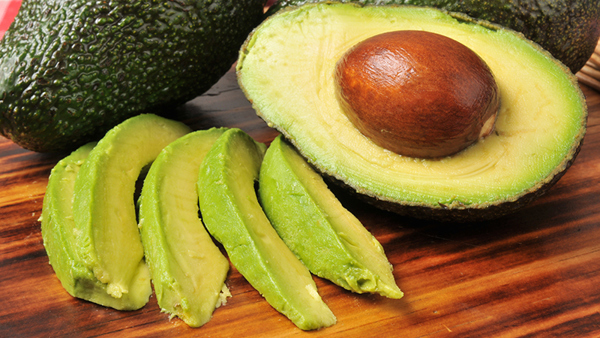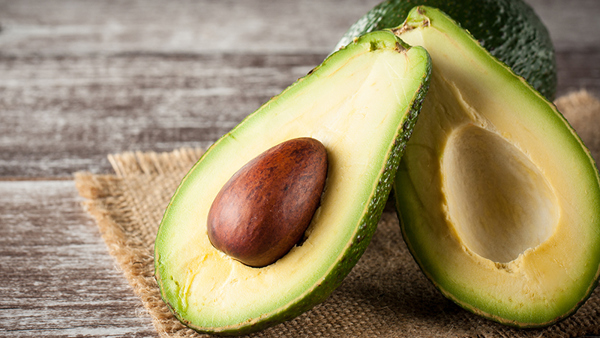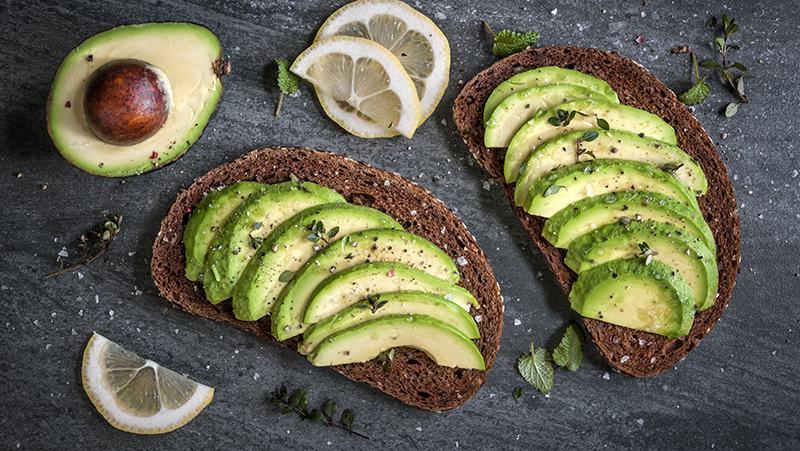Yates Account
Join now
Create a Yates account today!
Sign up to join the Yates Garden Club for monthly e-mails packed with seasonal inspiration, tips for success & exclusive promotions.
Plus if you’re a Garden Club member you can take part in the Yates Growing Community - a blog to share successes, get advice & win prizes in fun challenges along the way!

Forgot password
Enter the email address associated with your account, and we'll email you a new password.

We know what you’re thinking – why don’t I just grow a tree from the seed in the avocado I bought from the supermarket? Be aware that it can take up to 10 years before it produces any fruit (if any!). Buy a tree from a nursery and it will only take 4-6 years, depending on the variety. So ‘avo go!
How to grow Avocado in a garden
- Choose a sunny spot with well drained soil. Enrich the soil with Yates Dynamic Lifter Organic Plant Food . If the soil is clay based, add gypsum and fork in well. Mound the soil to improve drainage, if necessary.
- Dig the planting hole twice as wide and to the same depth as the root-ball. Remove the shrub from the container, gently tease the roots and cut away any circled or tangled roots.
- Position in hole and backfill, gently firming down. Form a raised ring around the plant, creating a well so that water will go where it’s needed most. Water in well.
- Mulch around the base with organic mulch like woodchip or pea straw, keeping it away from the trunk.
- Feed with a complete fertiliser, such as Yates Thrive Citrus & Fruit Granular Plant Food in spring and late summer. TIP: For an added nutrient boost, feed with Yates Thrive Natural Citrus & Fruit Plant Food Concentrate weekly during the flowering season.
- As the tree grows, increase the amount of fertiliser each year to cater for its needs. Ensure the tree receives plenty of water during the hottest months of the year. Give a deep watering once a week in preference to shallow watering every other day.
- To harvest, look for slightly shrivelled fruit with a dull appearance. If unsure, pick a couple and allow to ripen indoors. If it ripens within 7-12 days, they’re ready to pick!


How to grow Avocado in a pot
- Choose a pot at least 600mm wide and deep (a half wine barrel is ideal). Position in full sun and protect from strong winds.
- Fill pot with quality mix, such as Yates Premium Potting Mix. Remove plant from the container, gently tease the roots and cut away any circled or tangled roots.
- Position in hole and backfill, gently firming down. Water well.
- Mulch around the base with organic mulch like woodchip or pea straw, keeping it away from the trunk.
- Feed with a complete fertiliser, such as Yates Thrive Natural Citrus & Fruit Plant Food Concentrate weekly during the flowering season.
- To harvest, look for slightly shrivelled fruit with a dull appearance. If unsure, pick a couple and allow to ripen indoors. If it ripens within 7-12 days, they’re ready to pick!

Growing tips
-
Avocados can be grown from seed, but they can take up to 10 years to produce fruit, if you’re lucky. Also, it’s not guaranteed they will produce the same fruit nor fruit well and the quality of the fruit may also be poor. So, it’s best to plant grafted varieties as they will produce fruit in a shorter amount of time and guarantee the fruit type and quality.
- Check the planting label and choose the right avo for your location – 'Bacon' is cold tolerant, while 'Fuerte' performs better in warmer areas.
- Avocado varieties have different flowering habits, so they’re categorised into two groups, A and B.
Type A: 'Carmen', 'Hass' and 'Reed'
Type B: 'Bacon', 'Edranol' and 'Zutano' - While avocados can be self-pollinating, they will fruit better if cross-pollinated with a different type. For example, 'Hass' (Type A) and Bacon (Type B).
- If your avocado flowers well, but doesn’t form any fruit, it could be due to a lack of pollinators or cool temperatures during flowering.
- Prune lightly after harvesting, removing dead or wayward branches to help maintain an open vase shape. If needed, major pruning can be carried out in late winter.














Share
Share this article on social media